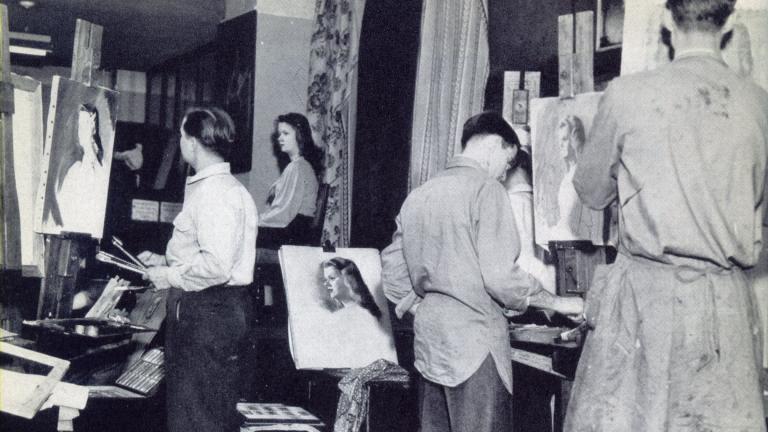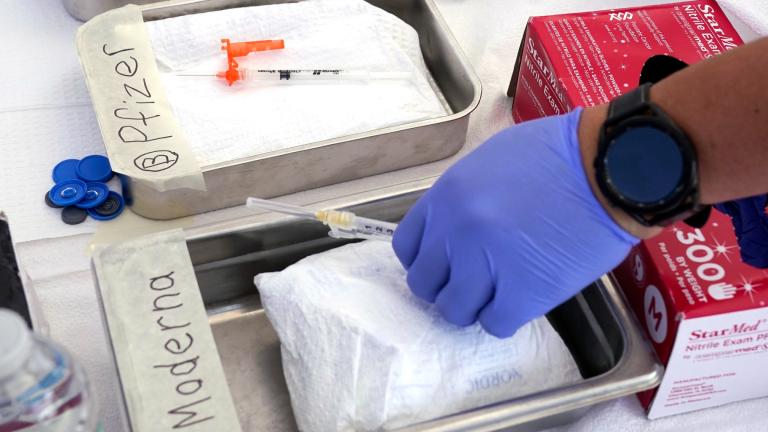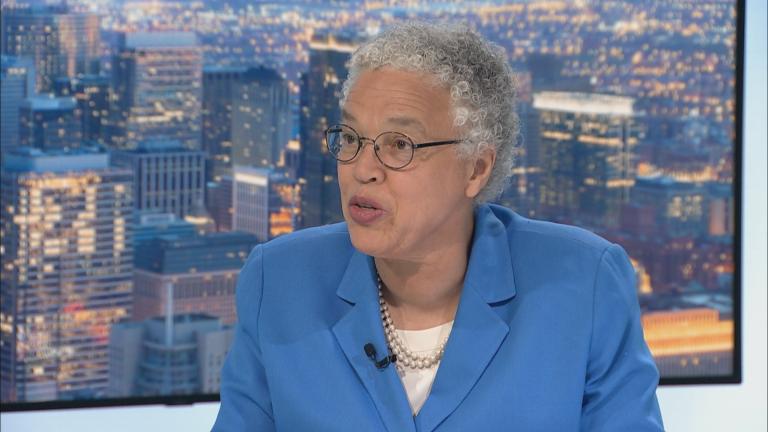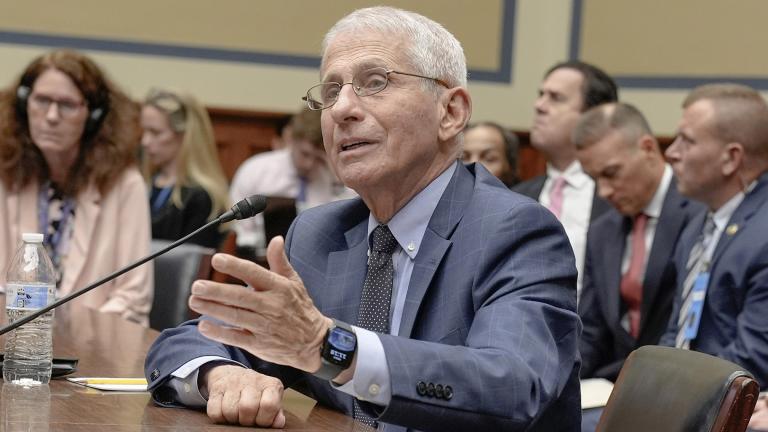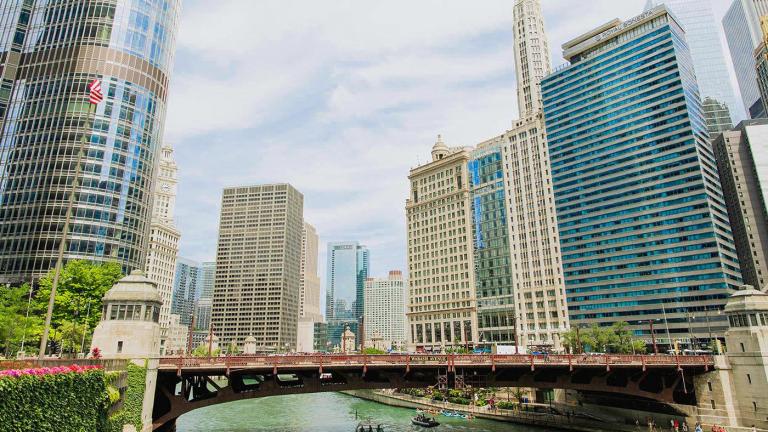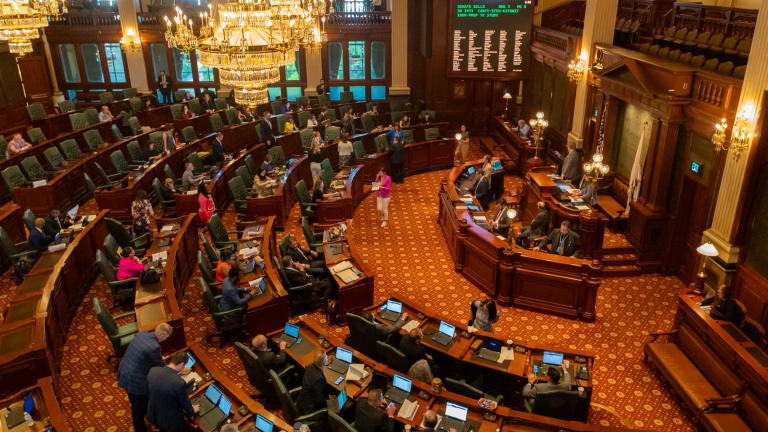Doctors, nurses and health care workers are facing increasing levels of threats and violence, a longstanding problem that’s gotten worse during the pandemic.
That’s the warning from the American Medical Association in a recent op-ed, which notes as many as 38% of health care workers face violence during their careers and that those in the field were 50% more likely to be harassed, threatened, or hurt during the COVID pandemic.
“The AMA is deeply concerned about this threatening behavior and how it has contributed to an increasingly hostile working environment across medicine, particularly for those on the front lines of our nation’s response to COVID-19,” writes Dr. Gerald Harmon, the AMA’s president.
Harmon calls for better tracking of threats and attacks, better security protocols to protect health care workers and “solidarity-based strategies” across the disparate health care system to resist hate and violence.
While advocates say the COVID-19 pandemic has exacerbated the problem, it’s not a new issue. Harmon cites federal statistics that show a 67% spike in injuries against health care workers from 2011 to 2018. Kristen Perez of the Illinois Nurses Association agrees that it’s been a troubling problem, and says it’s pushing people to consider whether they still want to work in the medical field.
“It takes a huge mental toll. It’s stress- and anxiety-inducing on a daily basis. I know from my colleagues and even from myself that it gives you pause when you’re going into a situation (and thinking) ‘Is this safe for me?’” Perez said.
Harmon also says it’s important to address the rise in racially motivated threats and attacks against doctors and nurses.
“Simply telling our colleagues in medicine to cope with harassment and menacing behavior is unacceptable. It is imperative that physicians and health professionals feel safe and secure, whether we’re caring for patients or working to advance equity on a broad scale in our communities,” he writes.
And Perez urges closer attention to staffing needs, saying that shorthanded hospitals can anger patients and make the environment less safe for everyone.
“One of the biggest patient complaints is related to, ‘My nurse didn’t get to me on time, I’ve been waiting for this.’ Their frustration with the workflow … is being taken out on the nurse who’s the face of the health care system. If (hospitals are) addressing staffing needs, they’re addressing patient safety needs (and) nurse safety needs,” Perez said.

